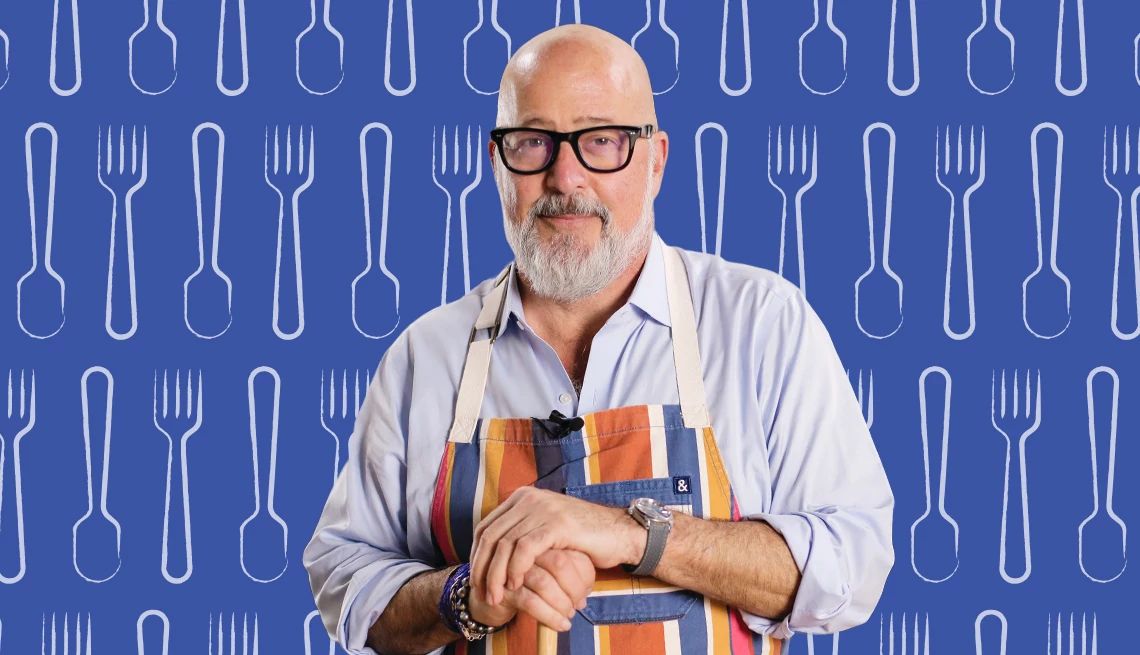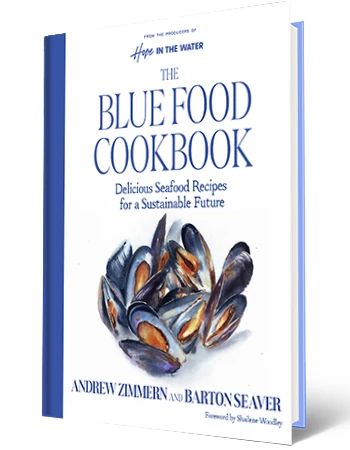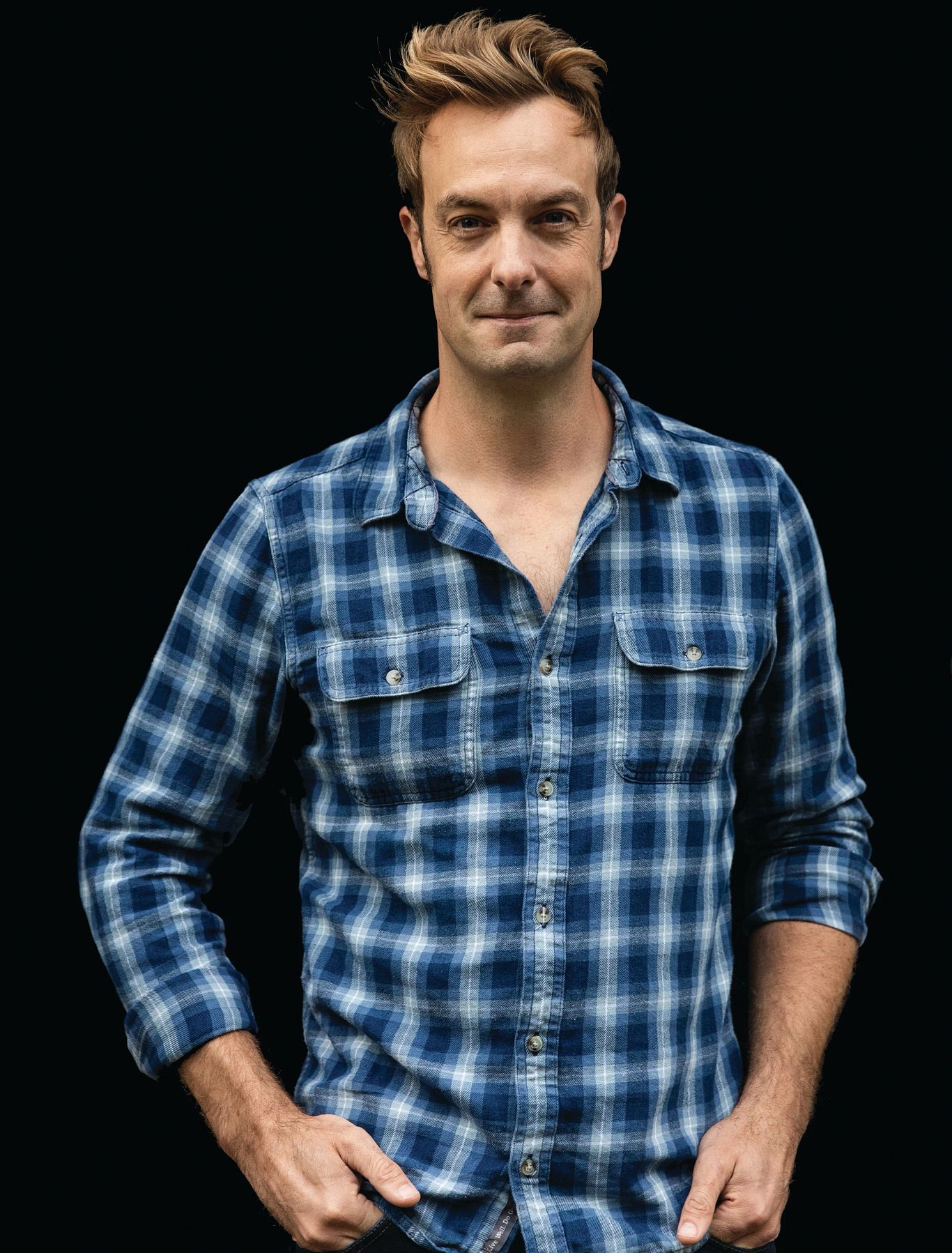AARP Hearing Center


Chef Andrew Zimmern, 64, really wants you to eat more seafood.
The author and TV personality is best known for his television show Bizarre Foods, in which he traveled the world to eat unfamiliar delicacies, but he’s also an advocate and activist for sustainability, particularly where the world’s waterways and fisheries are concerned.
That commitment led the TV personality to produce Hope in the Water, an Emmy-nominated PBS docuseries that highlights the groundbreaking work scientists, aquaculture farmers and other innovators are doing to save waterways and marine life around the world.
It’s also led to his newest cookbook, The Blue Food Cookbook: Delicious Seafood Recipes for a Sustainable Future, which he coauthored with sustainable food expert and chef Barton Seaver, out Oct. 28.


Cook with Andrew and Barton
Zimmern and Seaver shared three recipes from The Blue Food Cookbook for AARP readers to try:
Andrew’s The Best Clam Chowder
The celebrity chef adds some surprising seasonings to make this comfort food extra flavorful.
Rather than traditional breadcrumbs, this recipe uses crushed saltine crackers to bind lump crabmeat.
This playful take on a salad uses a surprising convenience food — frozen fish sticks — for delicious results.
Zimmern’s passion aligns with dietary recommendations for those 50-plus. Omega-3 fatty acids, especially DHA found in fatty fish like salmon, mackerel and sardines, are crucial for brain cell membranes, and one study showed that people who regularly eat those fish have an up to 30 percent lower risk of developing Alzheimer’s disease compared to those who eat little to none.
“I’m eating about 75 percent less animal protein — other than seafood — than I did 10 years ago. I’m increasingly becoming a pescatarian,” Zimmern says. “Eating more seafood is important for our individual wellness, the wellness of our communities and the wellness of our planet. We should be eating more of it.”
The beautifully photographed cookbook features a foreword by actor Shailene Woodley, a vocal advocate for ocean conservation. While the 145 recipes will inspire home cooks to try something new, it’s more than just a cookbook. Nearing 400 pages, The Blue Food Cookbook also gives a broader context to seafood: how to source and buy it, how to best prepare the recipes therein and how to “change your lifestyle,” says Zimmern.
“It’s a hundred pages of wisdom that we put in about how to cook and buy [seafood] and change your lifestyle,” Zimmern says. “I am superproud of this book.”
AARP spoke to the authors while Zimmern was in his home office in Minnesota and Seaver was traveling in Texas.



































































You Might Also Like
Ready for Fun? Return to Your Childhood Hobby
The things you used to love to do can help you be happier, healthier as an older adult
Dorie Greenspan’s Recipes for Happiness
The James Beard Award winner’s new cake cookbook features classics and glow-ups alike
Gordon Ramsay Turns Comedy Clip Into Cookbook
The British star chef talks sandwiches, a new show and how he stays inspired